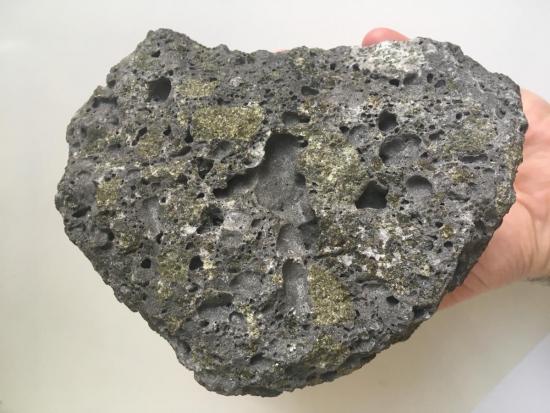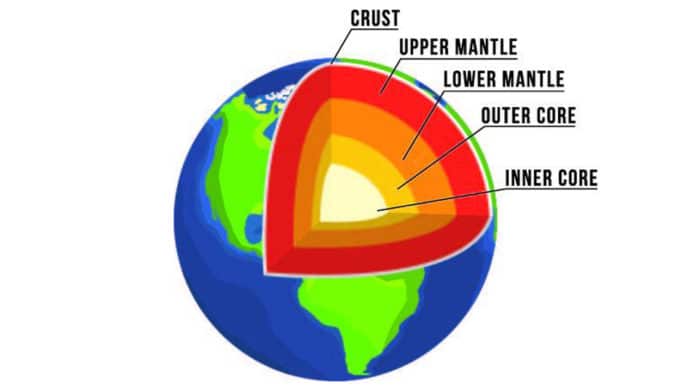The composition of Earth’s mantle, continental crust, and oceanic crust continuously evolve in response to plate tectonics and mantle convection. The classical view of terrestrial geochemistry, where mid‐ocean ridges sample mantle previously depleted by continental crust extraction, broadly explains the composition of the oceanic and continental crust but is potentially inconsistent with observed slab subduction to the lower mantle and marine crust accumulation in the deep mantle.
Plate tectonic processes allow for the crust’s continuous evolution and play a key role in our planet’s habitability. Earth has two kinds of tectonic plates: those that host continents, which have survived for billions of years, and those mostly covered by oceans.
The continent formation influences the mantle’s chemical composition, and geoscientists can read chemical markers left behind by this process. For example, some of the crustal rocks’ elements don’t play nicely with the mantle’s minerals. When continental crust formation draws these elements out of the mantle, they leave behind a depleted residue, like sucking the juice out of a Sno-Cone and leaving just ice.

This is referred to as crust extraction and is usually thought to create “scars” that are easy to spot and identify in rocks. It also leaves behind distinct zones in the mantle that are depleted of these particular elements.
For a long time, its been believed that these chemical scars are the result of crust formation. In any case, mantle’s inaccessibility implies that it’s hard to know without a doubt utilizing rock and mineral alone.
To probe the question of the origin of these depleted reservoirs in the mantle, scientists at the Carnegie Institution for Science developed a new model, which showed that the “scar-forming” process of sequestering of incompatible elements from the rest of the mantle is occurring not just in the crust but independently in the deep mantle thanks to old oceanic plates that were drawn down.
They found that Earth’s mantle‘s composition was more shaped by interactions with the oceanic crust than previously thought.
Carnegie’s Jonathan Tucker said, “Our work demonstrates that the processes determining the mantle’s composition are more complicated than we previously thought.”
Journal Reference:
- Jonathan M. Tucker et al. A Role for Subducted Oceanic Crust in Generating the Depleted Mid‐Ocean Ridge Basalt Mantle. DOI: 10.1029/2020GC009148
